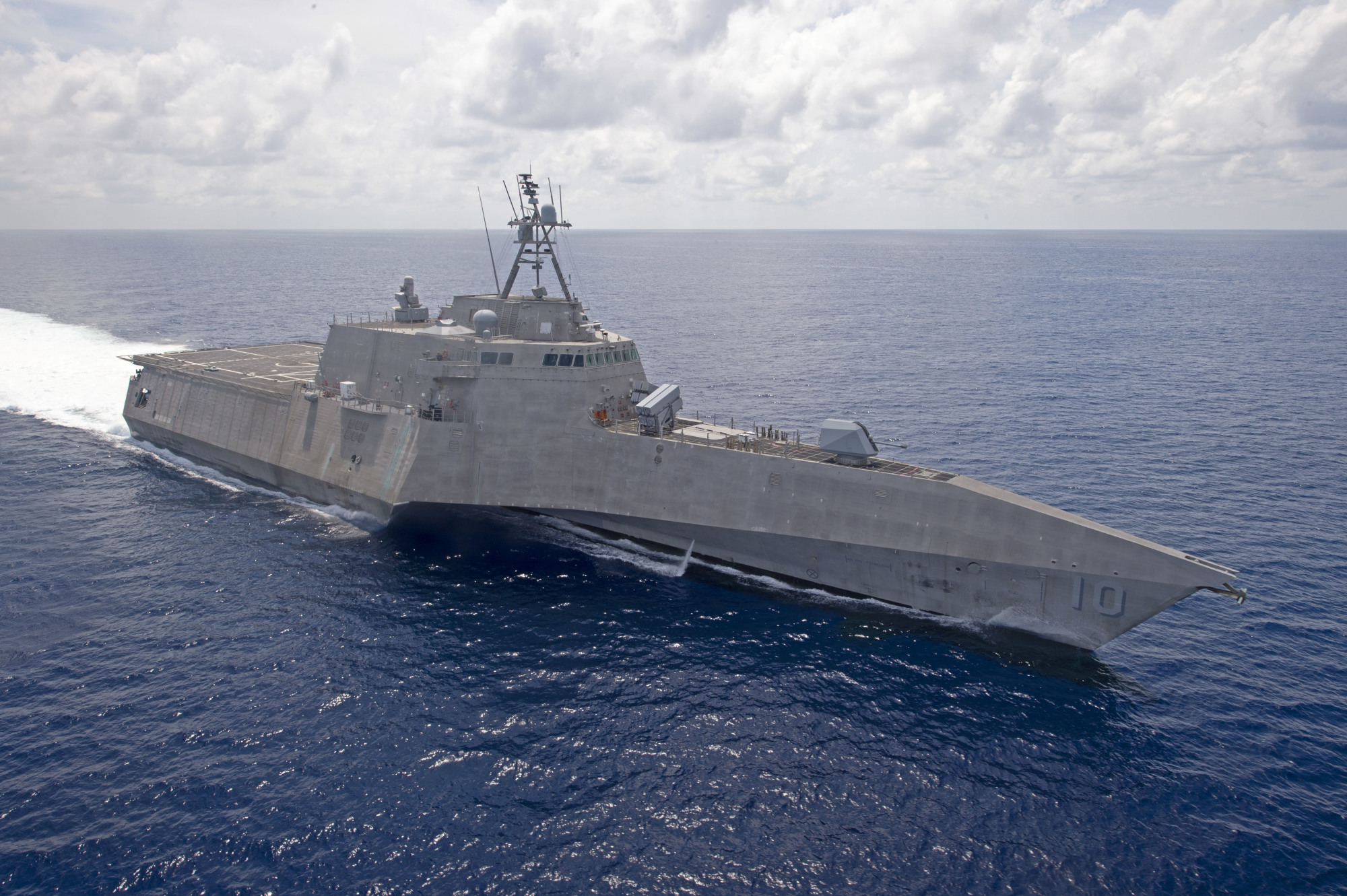Just over a century ago, in the run-up to World War I, Britain and Germany were locked in a naval arms race. Inspired by the strategic thinking of U.S. Adm. Alfred Thayer Mahan, German Kaiser Wilhelm decided to build a huge battle fleet that could credibly challenge the dominant British on the high seas. He wanted both increased ship numbers, as well as the new "dreadnought" fast battleships. Both fleet size and technology drove the naval race. There are echoes of that competition today between the United States — the established global naval power — and China.
What are the key decisions coming in terms of the size of the U.S. fleet, its mixes of capability and readiness? How will those decisions be influenced by the rise of a true peer competitor over the coming decades?
Let's start with what is officially known as the Chinese People's Liberation Army Navy. It is currently optimized for regional sea control and power projection. However, what the Chinese see as their "region" is expanding and will soon encompass the Indian Ocean. Over the longer term, they envision fully global operations, similar to the U.S. Navy.



















With your current subscription plan you can comment on stories. However, before writing your first comment, please create a display name in the Profile section of your subscriber account page.